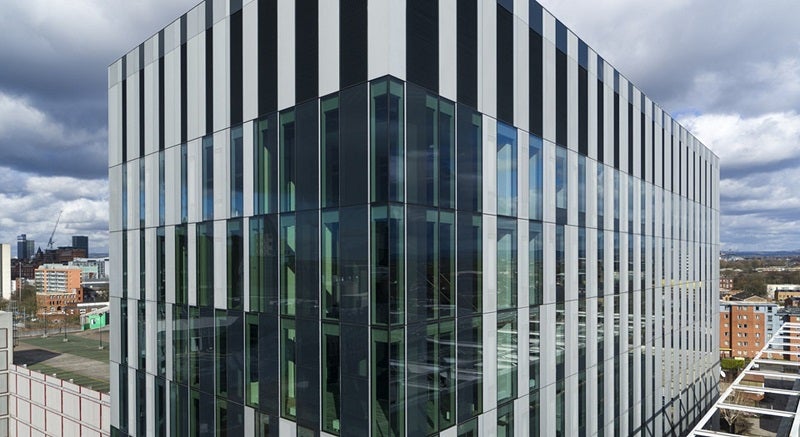
Defence Science and Technology Laboratory (Dstl) – an executive agency within the UK Ministry of Defence (MoD) – has invested £42.5m ($54m) toward a research venture that will bring players of British industry and academia together.
This endeavour, referred to as the Defence Materials Centre of Excellence (DMEx), will see these organisations research advanced materials (AdMs) to enable future defence technologies to withstand harsh physical environments.
Such climate conditions that will be tested include temperatures of 1,000 degrees celsius; polar to tropical operations; high impact vibrations; shock; blasts; and extreme weather depth.
The Henry Royce Institute for AdMs, which operates a hub at the University of Manchester, will lead the DMEx alongside 23 other partners from academia, industry, and research organisations such as the Catapult Network.

AdMs are vital to keeping defence assets and perosnnel secure. In July 2023, the US Defense Advanced Research Project Agency started a programme that will leverage 3D heterogeneously integrated technologies, ensuring US microelectronic components can operate in harsh radiation environments with the highest-possible reliability.
What capabilities are driving the ADMs market?
“AdMs are the building blocks of the future and an area of great international competition,” Dstl chief executive Dr Paul Hollinshead stated.
How well do you really know your competitors?
Access the most comprehensive Company Profiles on the market, powered by GlobalData. Save hours of research. Gain competitive edge.

Thank you!
Your download email will arrive shortly
Not ready to buy yet? Download a free sample
We are confident about the unique quality of our Company Profiles. However, we want you to make the most beneficial decision for your business, so we offer a free sample that you can download by submitting the below form
By GlobalDataInvestment in this field has remained relatively constant due to its ubiquity in the defence industry, the leading intelligence consultancy GlobalData says in a thematic intelligence report on Advanced Materials (2023).
However, the emergence of new applications for AdMs and new threats such as hypersonic weapons are driving a global re-evaluation of the importance of sector to military modernisation efforts.
As such, several major military powers including China, India, Russia, the UK, and the US have re-asserted the importance of developing AdMs to help attain national security objectives and have increasingly prioritised its development and manufacturing initiatives in recent years to reflect this new macro-strategic defence policy.
In June 2022, the UK MoD announced that it would be investing £2bn ($2.5bn) in the development of hypersonic and space systems as part of a larger £6.6bn ($8.1bn) investment into defence research and development between now and 2026.
Similarly, the French MoD has also established two hypersonic weapons programmes, the Vehicle Experimental Maneuvering (V-MaX) hypersonic glide vehicle project and the fourth-generation aviation nuclear missile (ASN4G) programme, while other European nations including Germany and Spain are initiating their own programmes to maintain technological parity.
These investments are already benefitting the western AdMs market, with new research institutions such as the Royce Discovery Centre in the UK and the Hypersonics Advanced Manufacturing Technology Center (HAMTC) in the US, both of which were established this year to support hypersonic materials development with new simulation, testing, and manufacturing expertise.


